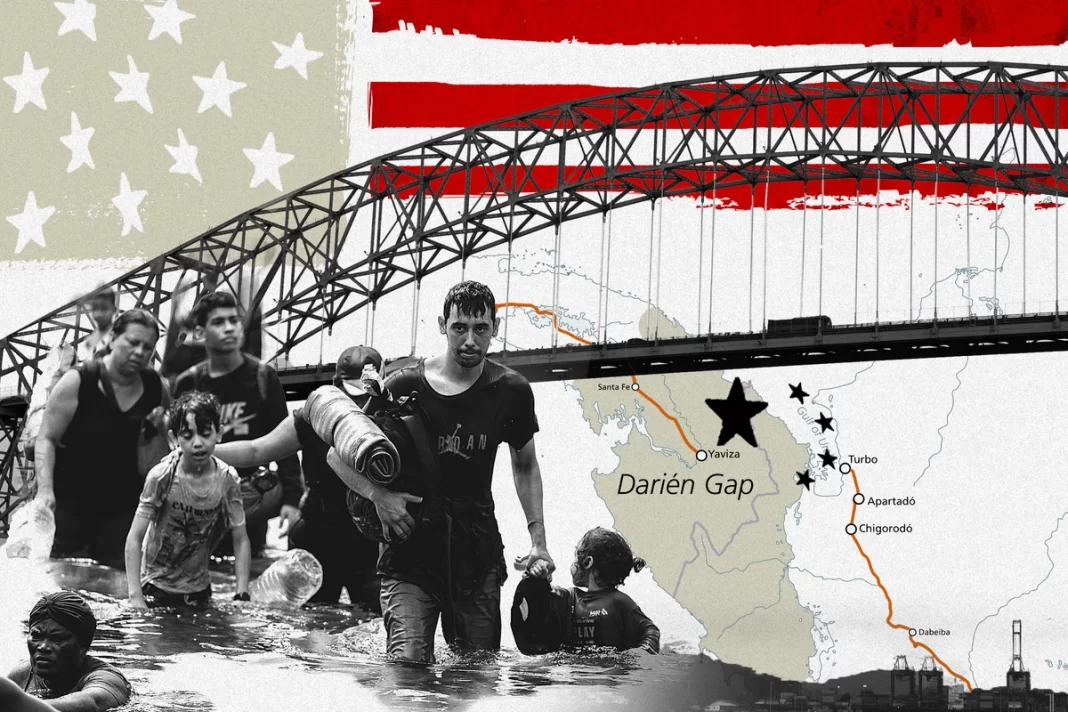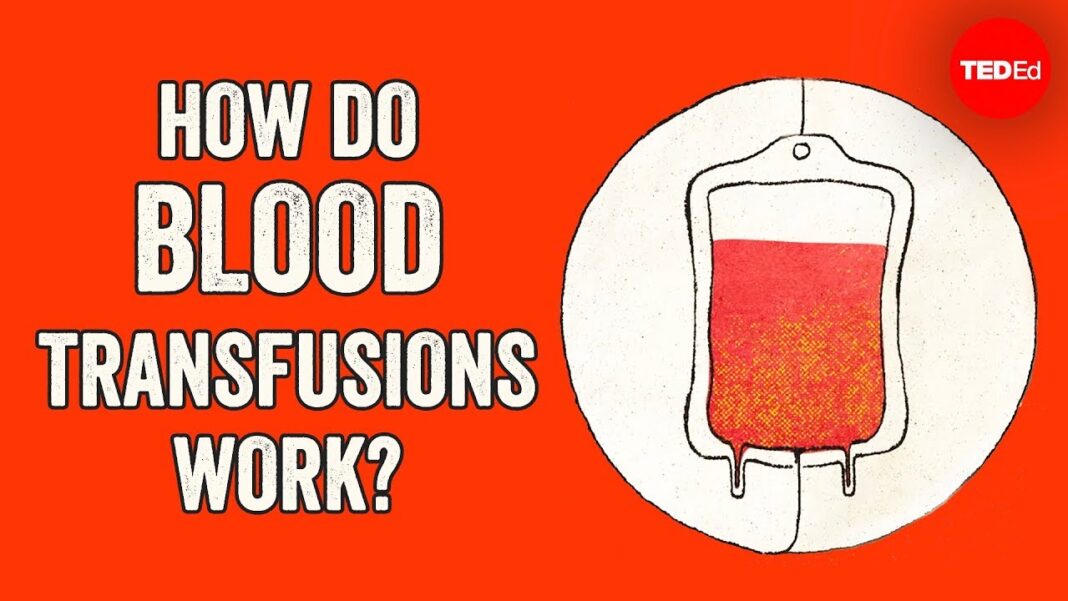China is ‘like a boa constrictor that’s tightening and tightening around the United States,’ says expert, regarding the CCP’s vast investments in Latin America.
DARIEN GAP, Panama—The grind of heavy machinery breaks the silence of the Darién jungle, where the Pan American Highway ends at Yaviza in Panama.
Construction workers have cleared towering trees to make way for a steel and concrete bridge mighty enough to withstand flooding from the Chucunaque River.
An onsite worker for the construction company Cusa told The Epoch Times the construction project will cut 4 miles into the Darién jungle at a cost of $42 million and includes a second bridge crossing the Tuira River.
That would leave some 55 miles to finish the Pan American Highway, also known as Highway 1, through the mountainous rainforest to connect it to Turbo, Colombia.
If it’s ever completed, the Pan American Highway will stretch about 18,000 miles from Alaska to Argentina, opening up a land corridor the length of the Americas.
It has gone unfinished for decades due to American and Panamanian concerns over the environment, crime, and disease—and more recently mass migration. The dangerous, rugged terrain acts as a natural barrier to travel from South to Central America.
The bridge and road expansion will end near the town of Bocas de Cupe, in the Darién Gap. However, bridging the rivers has been considered one of the major obstacles blocking completion of the highway.
The new project has worried some who fear completing the road into the Darién Gap will be a win for China and a loss for America.
Michael Yon, a former war correspondent, has been covering mass migration through Panama for several years and has used social media to bring attention to the bridge’s construction and its implications.
China would benefit through an alternate trade route around the Panama Canal, which is essential to global trade. But for the United States, it could open the floodgates to migrants from South America, he told the Epoch Times.









